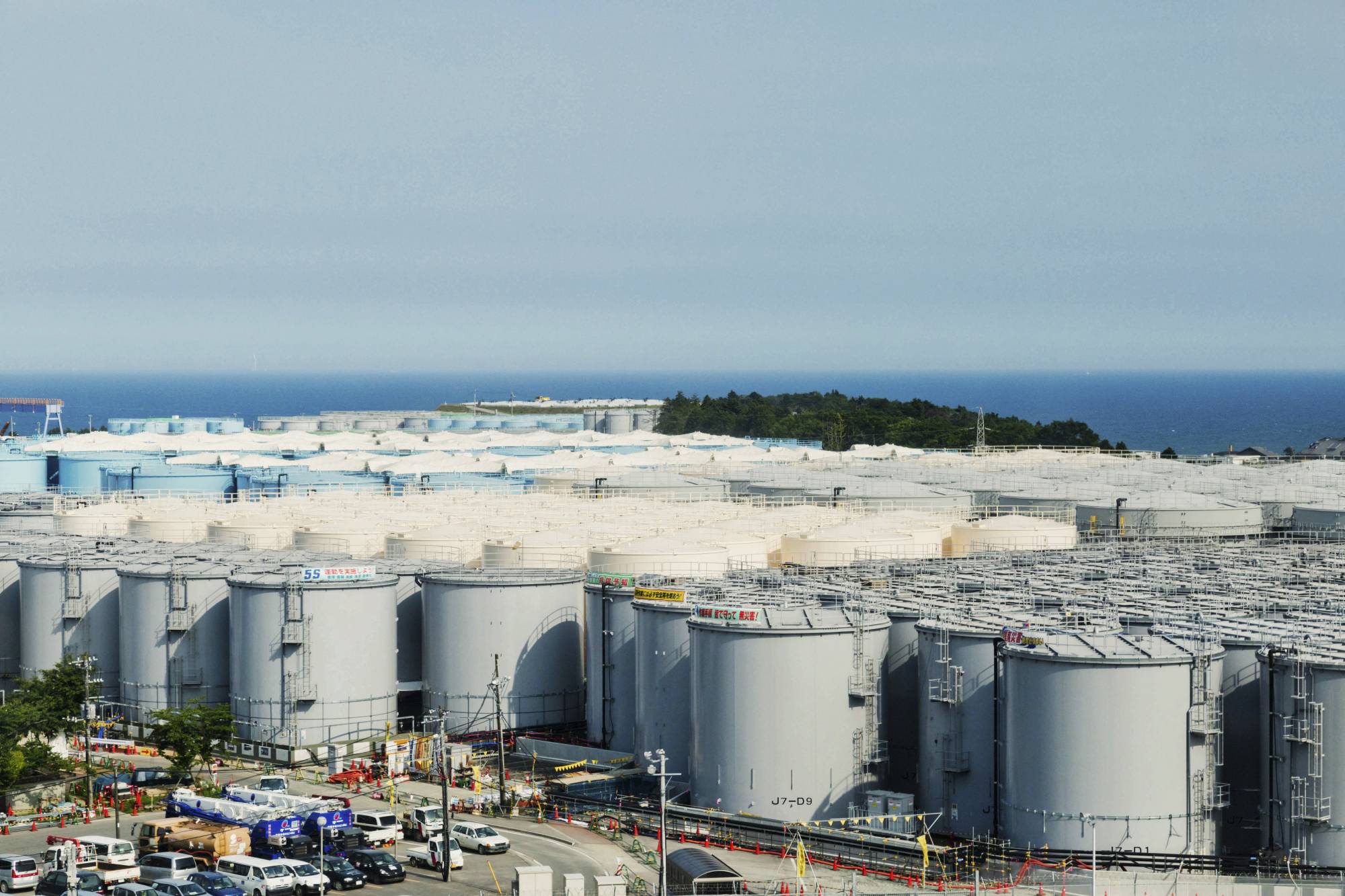Every day at the Fukushima No. 1 nuclear plant in Japan, officials flush over 100 tons of water through its corroded reactors to keep them cool after the calamitous meltdown of 2011. Then the highly radioactive water is pumped into hundreds of white and blue storage tanks that form a mazelike array around the plant.
For the past decade, that’s where the water has stayed. But with more than 1.3 million tons in the tanks, Japan is running out of room. So in spring, it plans to begin releasing the water into the Pacific after treatment for most radioactive particles, as has been done elsewhere.
The Japanese government, saying there is no feasible alternative, has pledged to carry out the release with close attention to safety standards. The plan has been endorsed by the United Nations’ nuclear watchdog.

















With your current subscription plan you can comment on stories. However, before writing your first comment, please create a display name in the Profile section of your subscriber account page.